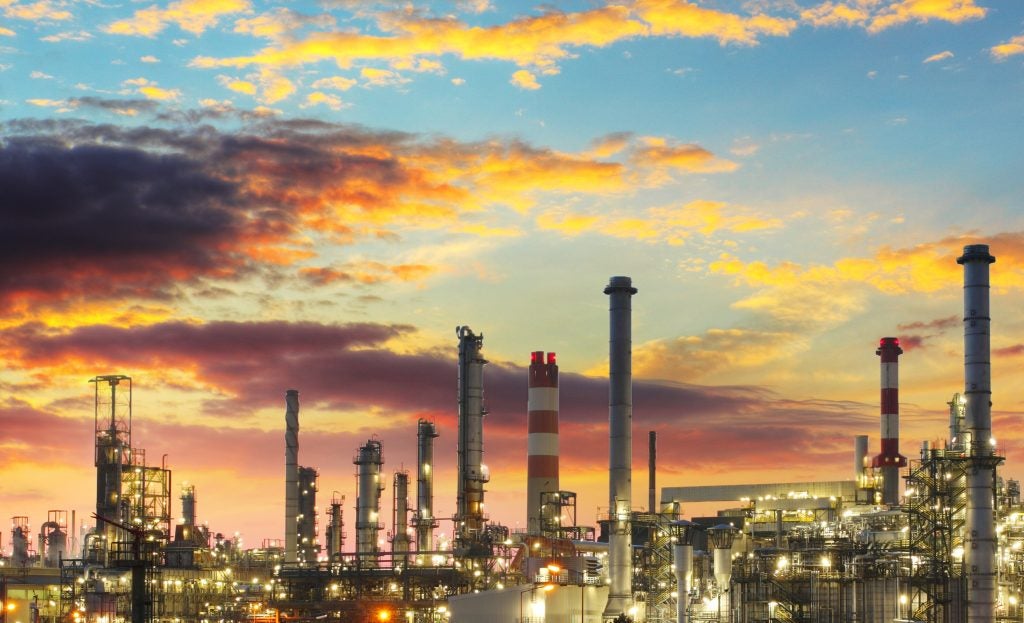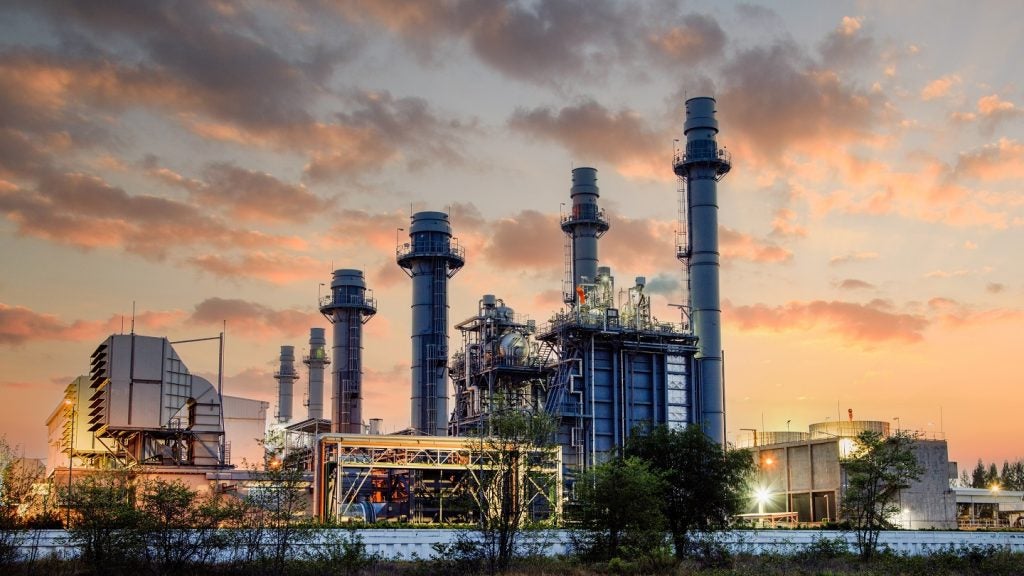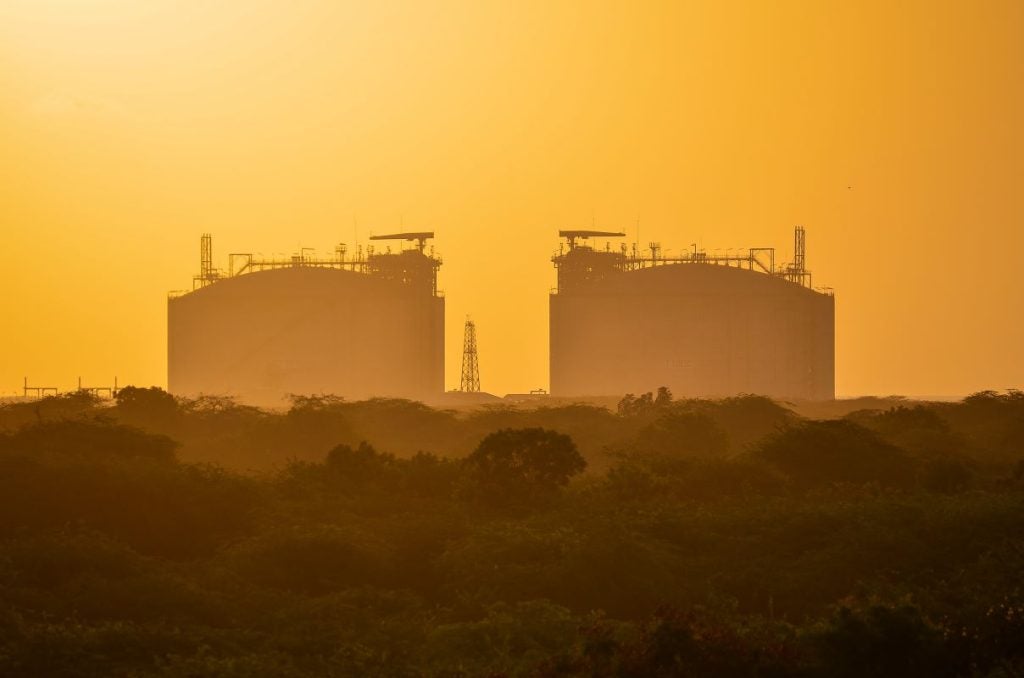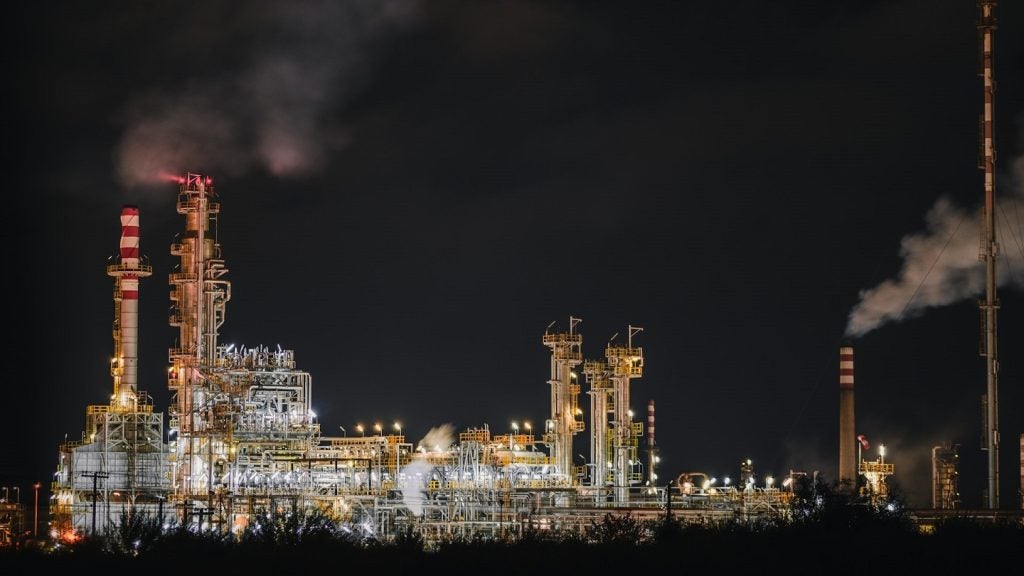North America oil and gas production increased by 11.40% during 2021-2022. The US, Canada, and Mexico are the largest oil and gas-producing countries. Through 2030, North America’s oil and gas production is forecasted to decrease by a CAGR of 0.52%. GlobalData uses proprietary data and analytics to provide a complete picture of the global oil & gas fields segment. Buy the latest oil & gas fields profiles here.
In 2022, the US had the highest crude oil and natural gas production, followed by Canada and Mexico. Here are the 10 largest oil and gas producing fields by production in North America in 2022, according to GlobalData’s Oil & Gas, Upstream Fields Database.
1. Maloob
Maloob is located in the Gulf of Mexico, Mexico. This field is owned by Petroleos Mexicanos and operated by Petroleos Mexicanos. The field produced 0.3mmboed in 2022 and recovered 68.52% of its total recoverable crude oil and natural gas reserves, with peak production in 2018. Based on GlobalData estimates, production will continue until the field reaches its economic limit in 2060. Buy the profile here.
2. Zaap
Zaap is located in the Gulf of Mexico, Mexico. This field is owned by Petroleos Mexicanos and operated by Petroleos Mexicanos. The field produced 0.26mmboed in 2022 and recovered 71.23% of its total recoverable crude oil and natural gas reserves, with peak production in 2014. Based on GlobalData estimates, production will continue until the field reaches its economic limit in 2051. Buy the profile here.
3. Quesqui
Quesqui is located in Tabasco, Mexico. This field is owned by Petroleos Mexicanos and operated by Petroleos Mexicanos. The field produced 0.21mmboed in 2022 and recovered 4.93% of its total recoverable crude oil and natural gas reserves, with peak production in 2024. Based on GlobalData estimates, production will continue until the field reaches its economic limit in 2114. Buy the profile here.
4. Prudhoe Bay Unit (Prudhoe Bay)
Prudhoe Bay Unit (Prudhoe Bay) is located in Alaska, the US. This field is owned by Chevron, ConocoPhillips, Exxon Mobil, Hilcorp Energy Co , and operated by Hilcorp North Slope. The field produced 0.2mmboed in 2022 and recovered 98.05% of its total recoverable crude oil and natural gas reserves, with peak production in 1987. Based on GlobalData estimates, production will continue until the field reaches its economic limit in 2026. Buy the profile here.
5. Ixachi
Ixachi is located in Veracruz, Mexico. This field is owned by Petroleos Mexicanos and operated by Petroleos Mexicanos. The field produced 0.14mmboed in 2022 and recovered 10.69% of its total recoverable crude oil and natural gas reserves, with peak production in 2022. Based on GlobalData estimates, production will continue until the field reaches its economic limit in 2056. Buy the profile here.
6. Appomattox
Appomattox is located in Central Planning Area, the US. This field is owned by China National Offshore Oil, Shell, and operated by Shell Offshore. The field produced 0.1mmboed in 2022 and recovered 20.76% of its total recoverable crude oil and natural gas reserves, with peak production in 2022. Based on GlobalData estimates, production will continue until the field reaches its economic limit in 2042. Buy the profile here.
7. Tahiti
Tahiti is located in Central Planning Area, the US. This field is owned by Chevron, Equinor, TotalEnergies, and operated by Chevron USA. The field produced 0.1mmboed in 2022 and recovered 50.52% of its total recoverable crude oil and natural gas reserves, with peak production in 2010. Based on GlobalData estimates, production will continue until the field reaches its economic limit in 2052. Buy the profile here.
8. Xanab
Xanab is located in the Gulf of Mexico, Mexico. This field is owned by Petroleos Mexicanos and operated by Petroleos Mexicanos. The field produced 0.09mmboed in 2022 and recovered 71.71% of its total recoverable crude oil and natural gas reserves, with peak production in 2017. Based on GlobalData estimates, production will continue until the field reaches its economic limit in 2043. Buy the profile here.
9. Ayatsil
Ayatsil is located in the Gulf of Mexico, Mexico. This field is owned by Petroleos Mexicanos and operated by Petroleos Mexicanos. The field produced 0.09mmboed in 2022 and recovered 41.84% of its total recoverable crude oil and natural gas reserves, with peak production in 2021. Based on GlobalData estimates, production will continue until the field reaches its economic limit in 2054. Buy the profile here.
10. Ek-Balam
Ek-Balam is located in the Gulf of Mexico, Mexico. This field is owned by Petroleos Mexicanos and operated by Petroleos Mexicanos. The field produced 0.08mmboed in 2022 and recovered 48.69% of its total recoverable crude oil and natural gas reserves, with peak production in 2023. Based on GlobalData estimates, production will continue until the field reaches its economic limit in 2064. Buy the profile here.
For more details on the upstream fields, buy the profiles here.
Data Insights
From

The gold standard of business intelligence.
Blending expert knowledge with cutting-edge technology, GlobalData’s unrivalled proprietary data will enable you to decode what’s happening in your market. You can make better informed decisions and gain a future-proof advantage over your competitors.







